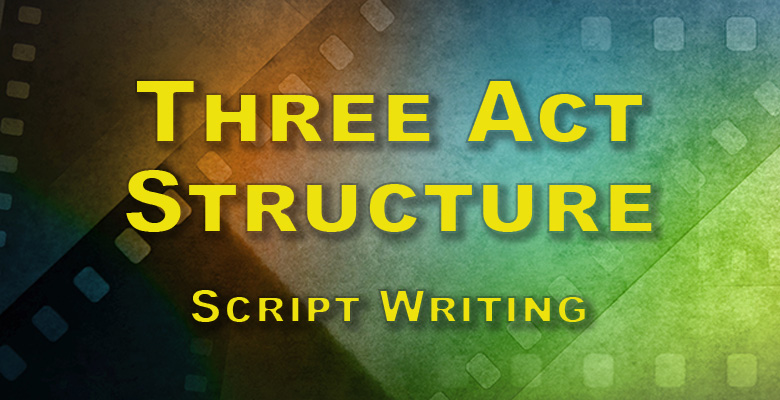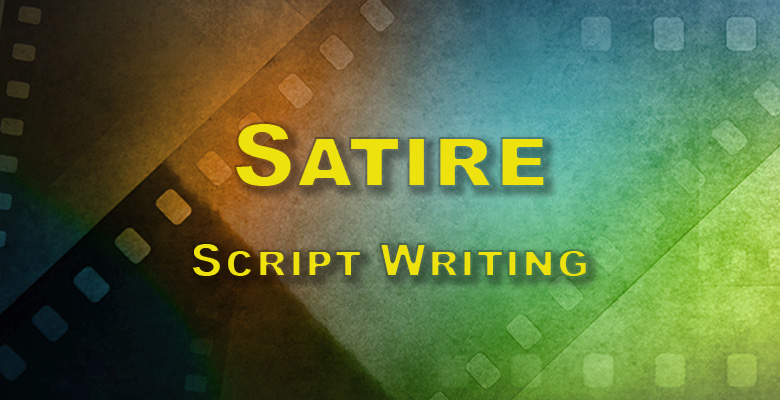Satire is a genre of literature, film, and other forms of art that uses humor, irony, exaggeration, or ridicule to criticize or mock people’s stupidity or vices, particularly in the context of contemporary politics and other topical issues. The goal of satire is not just to entertain, but also to inform and provoke its audience into action or change.
Characteristics of Satire:
- Irony: One of the primary tools of satire, irony involves stating the opposite of what is meant.
- Exaggeration: Overstating or magnifying a problem or flaw to highlight its absurdity.
- Parody: Imitating the style of someone or something in order to mock them.
- Reversal: Presenting the opposite of the normal order, such as the role reversal of genders.
- Sarcasm: Saying something and meaning another, usually with the intent to mock or hurt.
- Understatement: Making a situation seem less important than it is.
Types of Satire:
- Horatian Satire: Named after the Roman satirist Horace, this form is playful and aims to mock universal human foibles. It’s light-hearted in tone and usually induces laughter.
- Juvenalian Satire: Named after the Roman satirist Juvenal, this form is more contemptuous and abrasive, attacking particular people and institutions more aggressively. It aims to inspire feelings of disdain or anger more than laughter.
- Menippean Satire: Focuses on critiquing the mental attitudes or behaviors of particular types of people rather than societal institutions.
Historical Context:
Satire has a long history, with roots in ancient civilizations. Prominent examples include:
- Ancient Greece: Works by Aristophanes, like “The Clouds” which mocked Athenian philosophers.
- Ancient Rome: Juvenal and Horace, who critiqued societal norms and personal behaviors.
- 18th-century England: Jonathan Swift’s “Gulliver’s Travels” and “A Modest Proposal,” which critiqued societal and political issues of his time.
Considerations:
- Target: Effective satire requires a clear target, whether it’s a societal norm, an institution, or a person.
- Intent: It’s crucial for satirists to be clear about their intentions. Good satire aims to provoke thought and change, not just to insult.
- Audience: Understanding the audience is vital. Different cultures or groups might interpret satire differently, and what’s humorous in one context might be offensive in another.
- Legal and Ethical Issues: Satire can be controversial. Satirists should be aware of potential legal repercussions, especially in countries or regions where freedom of speech is limited.
Modern Satire:
In the modern era, satire has found a home in various media, from literature to television to online platforms. Shows like “The Daily Show,” “South Park,” and “The Onion” news site provide satirical takes on current events and societal trends.
Satire is a powerful tool for commentary, critique, and change, combining wit, humor, and insight to shed light on societal flaws and absurdities. It challenges the status quo and prompts its audience to think critically about the world around them.





